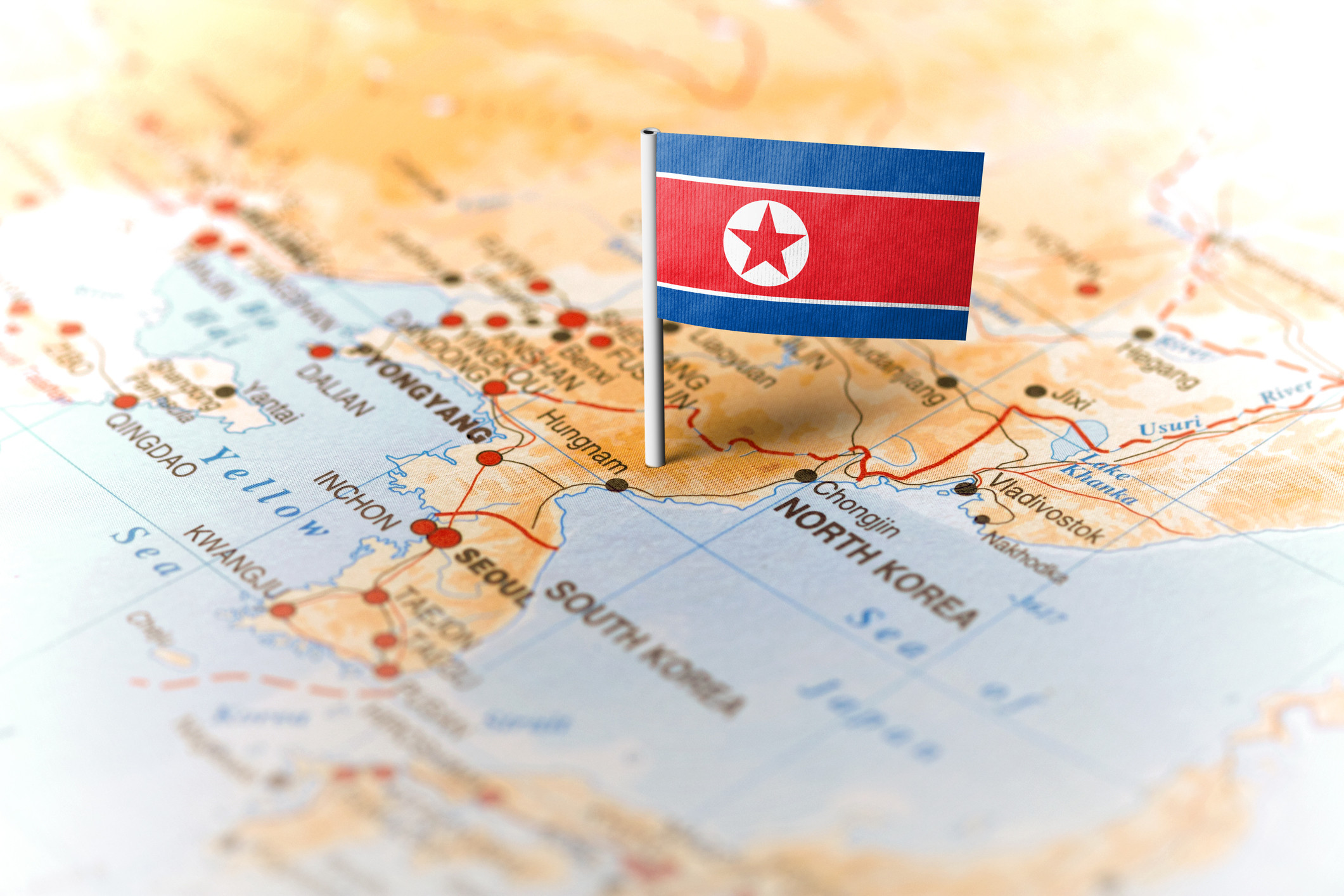A “bloody nose” is the term used when military strategists talk about carrying out a preventative, limited attack on military equipment or structures in order to dissuade a country from their current course of action. The people who propose the plan hope it would force Kim Jong Un to rethink his quest to obtain nuclear weapons.
The idea is much like the playground-politics you would see in a children’s movie. You can almost see the main character, who is picked on constantly, finally getting fed up with a bully and giving him a good smack in the nose. Often that is where the movie ends and the bully never bothers the main character again. Problem solved.
Not so, says Van Jackson a Nuclear Strategist for the Pentagon. In his article, he states, “a bloody nose attack is sheer folly, and President Trump should reject the advice of those pushing him to do it.” To see why, we have to move off the playground and into a mixture of politics, psychology and military prowess.
First, a target would need to be chosen.
This on its own would be a challenging feat with a high chance of error. The goal is not to start a war but to serve as a warning. Striking North Korea with one single warning attack that does not severely cripple its ability to defend itself. Ideally, shooting North Korea’s next test missile out of the air would send the strongest message with the minimal amount of damage. It’s also the hardest to do. The next best option is a hard to reach missile site. The message here would be clear: No target is out of reach.
Almost any missile the US uses to target them would be noticed by North Korean well before it reached its target though. North Korean sensors would need to be scrambled minutes before the strike and that alone would signal to Kim that the US was making a move. In the few minutes of sensor blackout, Kim would consider his options.
Even a completely rational country would be hard-pressed to make a decision. The US faced a similar decision that could have ignited the cold war when a missile detection system malfunctioned.
The first thing Kim would have to do is decide if the US was launching a full out war. He would do this by going down a perfectly logical checklist of signs that signal an invasion such as communication blackout, choice of targets, the presence of US aircraft carriers, a recent massing of troops and a recent exodus of US citizens from South Korea. The more of these items he can check off the list, the more confident he will be that the US begins to start a war.
Finally, Kim would react.
If he concludes a full out war is imminent, he will have no choice but to launch an immediate retaliation with full force. In a real war scenario, the later you react, the greater the military disadvantage.
This would include any nuclear capability he has. This is Kim’s only hope of contending with the US and leaving it for last puts it at risk of being destroyed and rendered useless.
Van Jackson says in a full-scale war like this, the death toll would likely reach over 100,000 in a matter of hours. That scale of death and destruction may not seem logical to us but to Kim, a war is like the equivalent of staring down the barrel of a gun. To lose would mean death. And an enemy with nothing to lose is very dangerous indeed.
The most logical outcome
Van Jackson concludes, for these reasons along with the aggressive culture of North Korea, a bloody nose would end in a full-scale war regardless of how limited the attack is. Hence his passionate warning for all those considering the bloody nose course of action.
This reaction makes sense when you realize North Korea holds themselves completely blameless and that all the action they have taken so far is justified. In Kim’s mind, he is the little kid getting bullied on the playground.


